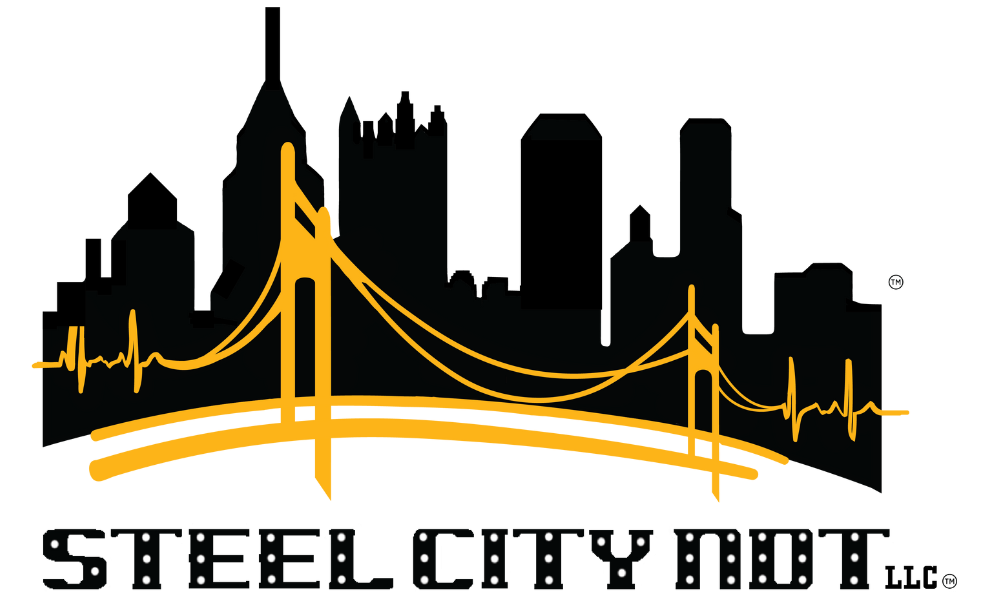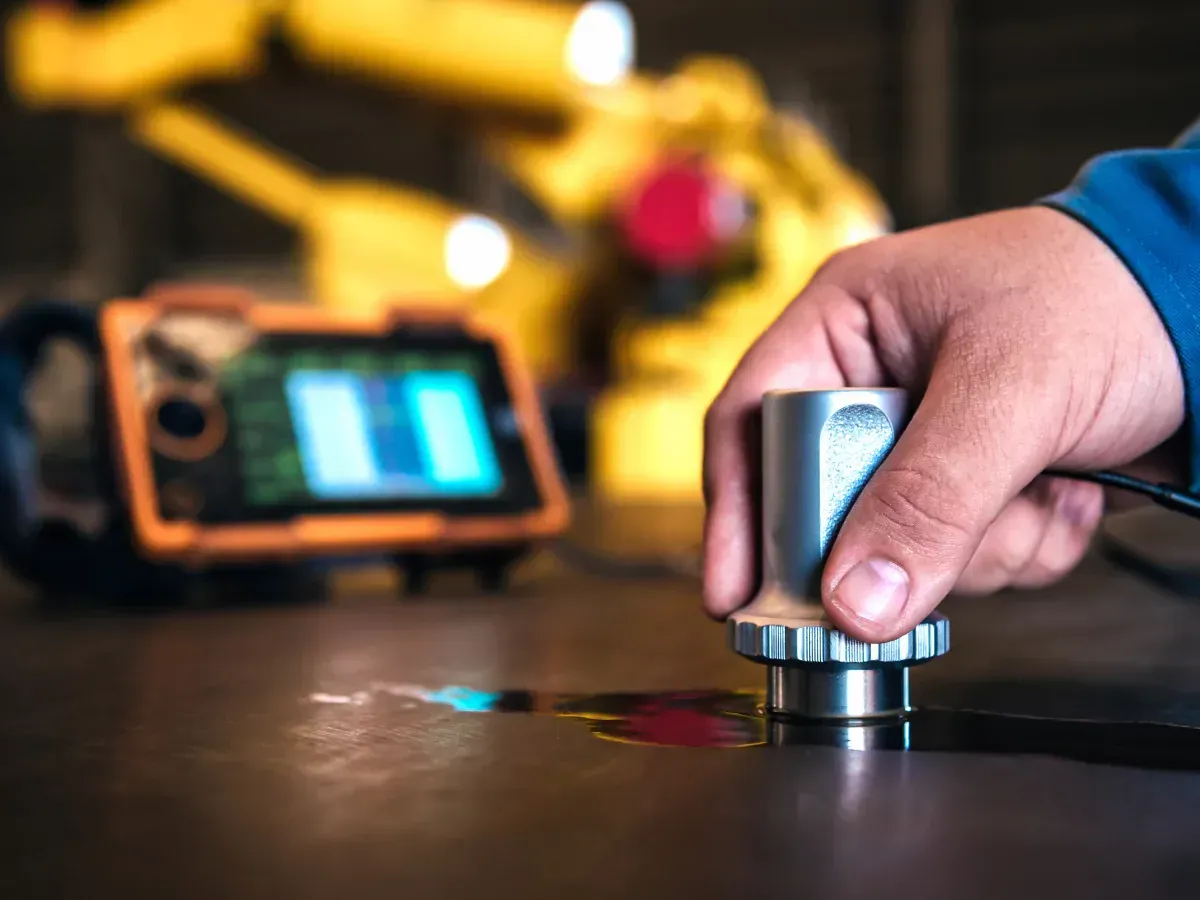TYPES OF NDT TOOLS
At Steel City NDT, we are dedicated to providing comprehensive non-destructive testing (NDT) solutions using state-of-the-art equipment. Our focus is on delivering accurate and reliable inspections that do not damage the tested materials. Whether for structural integrity assessments, quality control, or failure analysis, our diverse range of NDT tools allows us to address a variety of testing needs with precision and efficiency. Each tool we use is tailored to detect specific types of flaws or anomalies, ensuring that we provide thorough evaluations that uphold the highest safety and performance standards. Here’s an overview of the primary NDT tools we utilize and the roles they play in ensuring material and structural reliability:
Ultrasonic Testing (UT) Equipment:
- What It Does: Utilizes high-frequency sound waves to detect internal flaws and measure material thickness.
- Testing Used For: Ideal for detecting weld defects, measuring corrosion, and inspecting metal structures.
Radiographic Testing (RT) Equipment:
- What It Does: Uses X-rays or gamma rays to produce images of the internal structure of components.
- Testing Used For: Commonly used for inspecting welds, castings, and structural components to identify internal cracks and voids.
Magnetic Particle Testing (MPT) Tools:
- What It Does: Applies a magnetic field to ferromagnetic materials and uses magnetic particles to reveal surface and near-surface defects.
- Testing Used For: Effective for detecting cracks and discontinuities on surface and subsurface levels in iron, steel, and other ferromagnetic materials.
Dye Penetrant Testing (DPT) Kits:
- What It Does: Involves applying a liquid dye to the surface of a material, which penetrates cracks and is then visible under a developer.
- Testing Used For: Used to find surface-breaking defects in non-porous materials such as metals and ceramics.
Eddy Current Testing (ECT) Instruments:
- What It Does: Uses electromagnetic induction to detect surface and near-surface defects.
- Testing Used For: Ideal for inspecting conductive materials for corrosion, cracks, and coating thickness.
Visual Inspection Tools:
- What It Does: Includes magnifying glasses, borescopes, and other tools to visually examine the surface of components.
- Testing Used For: Suitable for preliminary inspections and detecting visible defects or inconsistencies.
Acoustic Emission Testing (AET) Equipment:
- What It Does: Monitors and analyzes the high-frequency sound waves emitted by materials under stress.
- Testing Used For: Used to assess the condition of structures, detect crack propagation, and monitor stress levels in materials.
Thermographic Testing Tools:
- What It Does: Uses infrared cameras to detect temperature variations and thermal anomalies.
- Testing Used For: Effective for identifying heat patterns, locating insulation defects, and monitoring electrical and mechanical systems.
Portable Hardness Testers:
- What It Does: Measures the hardness of materials using various scales, such as Rockwell or Vickers, in a portable format.
- Testing Used For: Useful for assessing material hardness on-site and verifying heat treatment processes.
Resonant Testing Equipment:
- What It Does: Measures the resonance frequency of materials to detect changes in material properties.
- Testing Used For: Commonly used for evaluating structural integrity and detecting defects in composite materials.
Each of these tools is integral to our comprehensive NDT services, enabling us to deliver precise, non-invasive inspections that ensure the highest levels of safety and quality. At Steel City NDT, we are committed to leveraging these advanced technologies to provide detailed and reliable assessments, safeguarding the integrity of your assets and operations.



